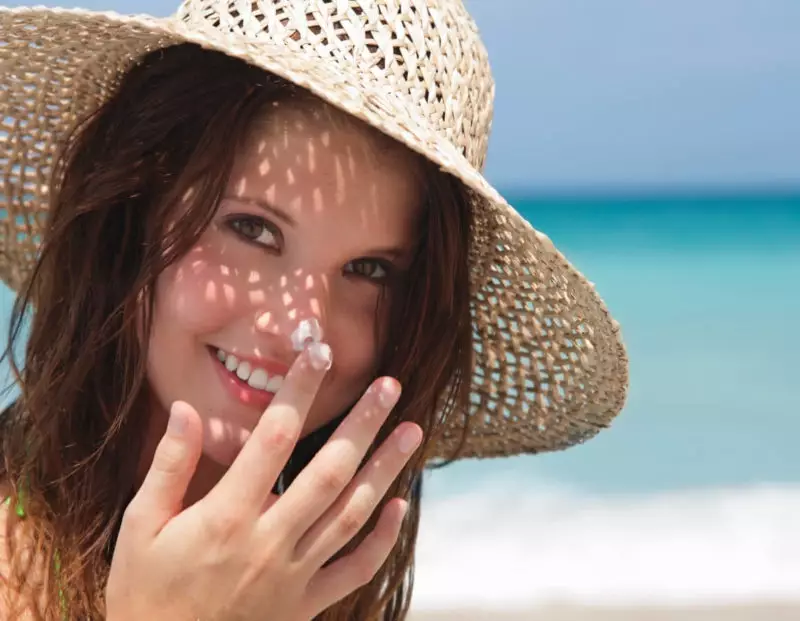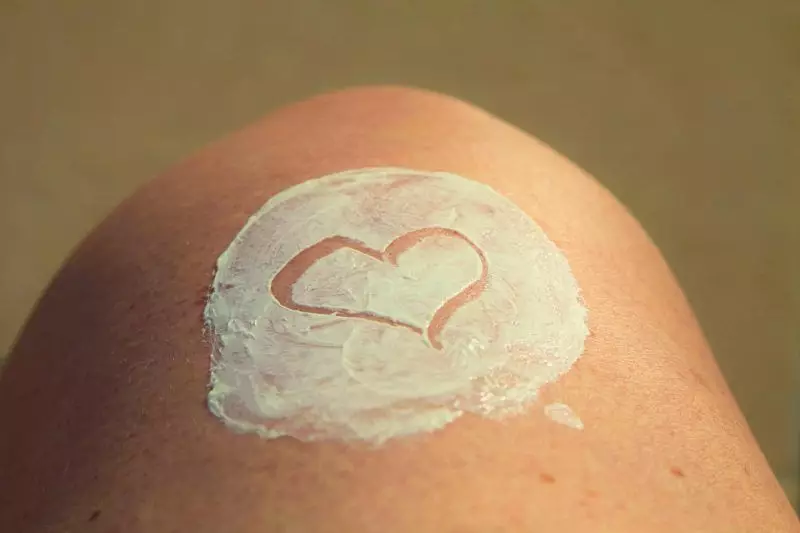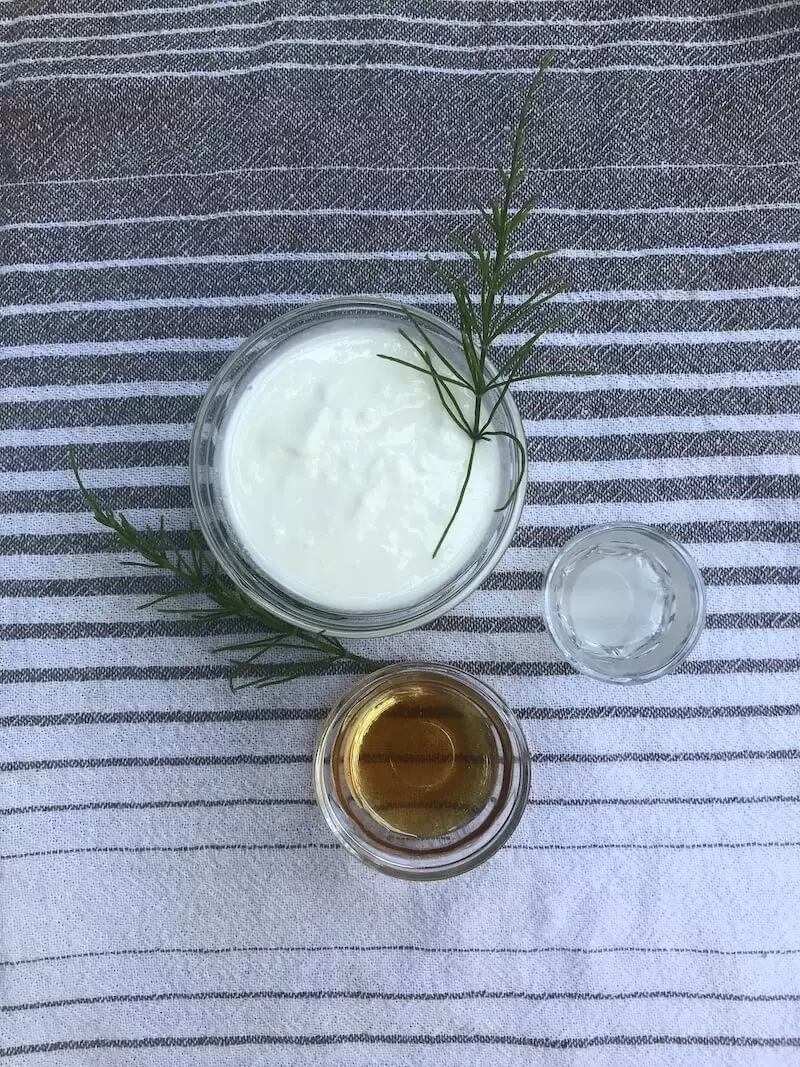
According to the American Academy of Dermatology, 1 in 5 Americans will develop skin cancer in their lifetime. Intermittent sun exposure in childhood and during adolescence may increase risk of skin cancer. Even one blistering sunburn during childhood can nearly double a person’s chance of developing a melanoma later in life.
What types of sunscreens are there?
Sunscreens are available in two broad categories: Physical/Mineral vs Chemical sunscreens.
Chemical sunscreens contain organic compounds such as oxybenzone and avobenzone which absorb UV rays as they attempt to enter the skin. Whereas, physical sunscreens contain active mineral ingredients such as titanium dioxide and zinc oxide, which scatter and reflect UV rays.
What is SPF?
SPF, also known as sun protective factor, is important to pay close attention to. This basically measures how much UV light a sunscreen can filter out.
Is a higher number SPF better than a low-number one?
An SPF of at least 30 is to date the recommendation of dermatologists. An SPF of 30 blocks 97 percent of the sun’s UVB rays. Having a high-number SPF does not protect you for a longer period of time, but instead has slightly more coverage (98%+ coverage from the sun’s UVB rays). With that being said, no sunscreen in reality can block 100 percent of the sun’s UVB rays.
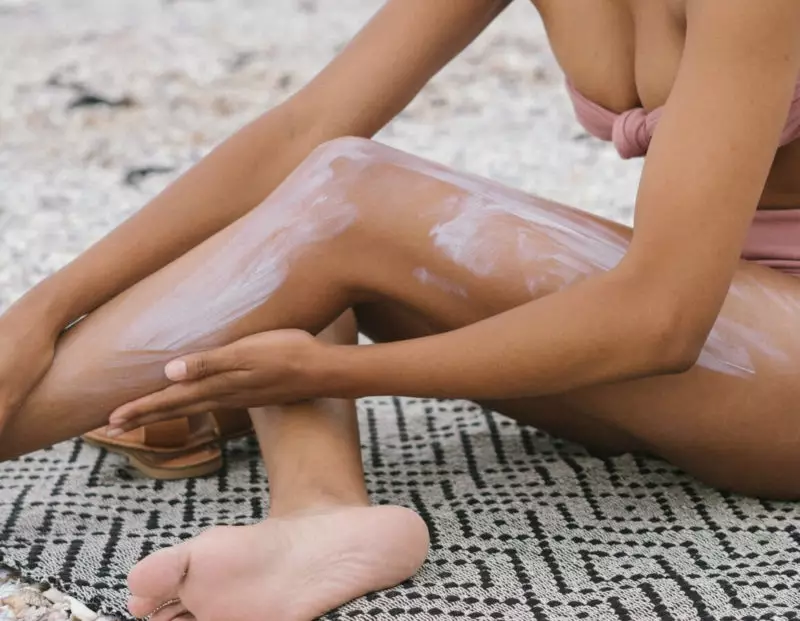
Amount of SPF
In general, it is recommended to apply a nickel-sized amount of sunscreen to the entire face. If you are at the beach or pool, it is recommended to apply 1 shot glass amount of sunscreen to the entire exposed skin.
Purchasing a sunscreen
Where do you even start? Well, the first step is to look at the label…and make sure your sunscreen says “broad spectrum” meaning it protects against both UVA and UVB rays.
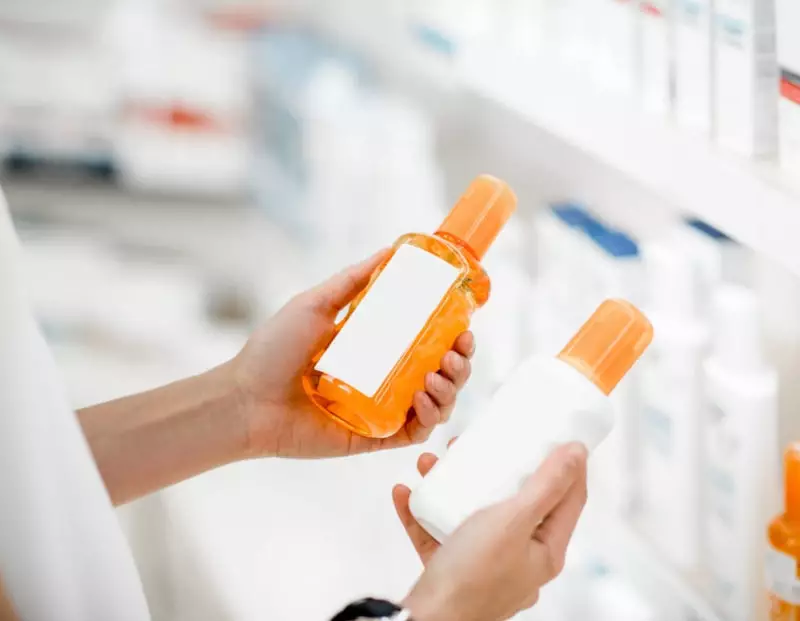
Sunscreen recommendations
Physical sunscreens: (ingredients: i.e. Titanium dioxide, Zinc oxide)
- Neutrogena Sensitive Skin
- Neutrogena Baby (not all “baby” has physical blockers)
- Elta MD (Tinted or not)
- TiZo (Tinted or not)
- La Roche Posay MINERAL tinted
- Avene High Protection Complexion Correcting Shield SPF 50+ – Medium
- IT Cosmetics Your Skin But Better CC Cream with SPF 50+
Chemical sunscreens: (ingredients: i.e. Avobenzone, Benzophenone, Octisalate)
- Neutrogena UltraSheer
- Cerave AM
- Aveeno Tinted
- La Roche Posay (and tinted)
SPF for sensitive and/or acne-prone skin:
These sunscreens recommended are mineral sunscreens meaning these sunscreens provide protection for both UVA and UVB rays.
- Elta MD UV clear & UV elements.
- LaRoche Posay Anthelios
- Neutrogena Ultra Sheer Dry Touch
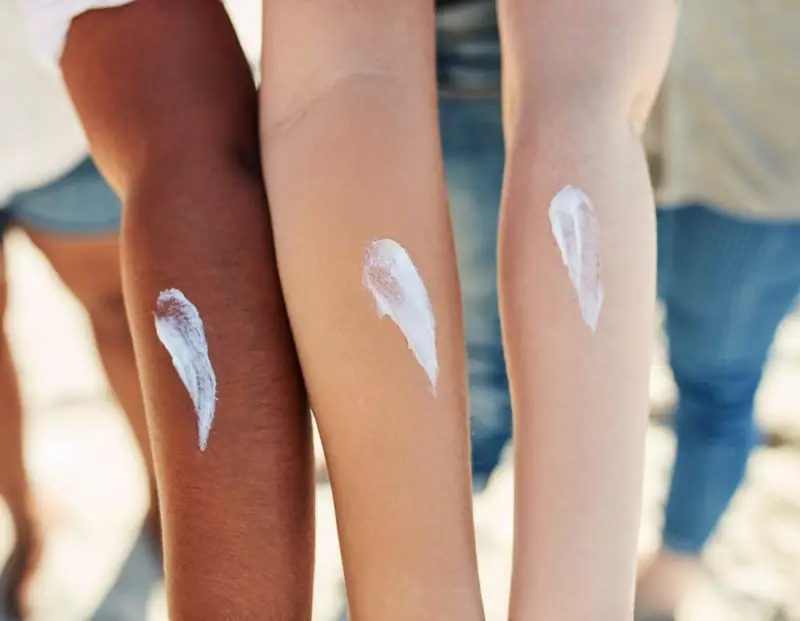
Safety of Sunscreen
Can the sunscreen be absorbed into my skin and get into my blood?
This is a common question I come across as a dermatologist almost on a daily basis, especially with increasing reports in the media regarding sunscreen absorption and risk of cancer. What we do know is that there are some reports revealing that certain chemical sunscreens may be potentially absorbed into the blood at higher levels than previously thought; however, there are no studies to date showing that sunscreen has been linked to cancer.
SPF clothing
UV-protective clothing contains ultraviolet protection factor (UPF) which helps to block both UVA and UVB rays.
Dr. Allawh’s Sunscreen Tips
-
Opt for a mineral sunscreen: In general, mineral sunscreen is considered to be “safer” and better tolerated compared to chemical sunscreens. Mineral sunscreens are less likely to cause skin irritation, allergic skin rashes and acne breakouts compared to chemical sunscreens. Mineral sunscreens are favored and safer to use in children for sun protection as these cause less irritation when applied to skin. Recent reports revealed that certain chemical sunscreens may be potentially absorbed into the blood at higher levels than previously thought.
-
To minimize a white pasty appearance or film: In general, mineral filters are made up of white powders which leave behind a white paste or residue on the skin, which is not cosmetically ideal. To help combat this, adding a tint to the sunscreen helps to dilute the white cast and provide a better blend. For those with darker skin tones and complexion, mixing your sunscreen with a daily moisturizer provides a better blend and minimize any obvious white residue on the skin from sunscreen.
-
Avoid coconut oil and opt for full coverage SPF: Coconut oil only blocks less than 20% of the sun’s rays (SPF 7 vs recommended SPF 30 by the American Academy of Dermatology). Despite combining coconut oil with zinc oxide or titanium dioxide, the potency and stability of these homemade sunscreens with combined ingredients and when exposed to sunlight is unpredictable and often result in the dreaded sunburns!

